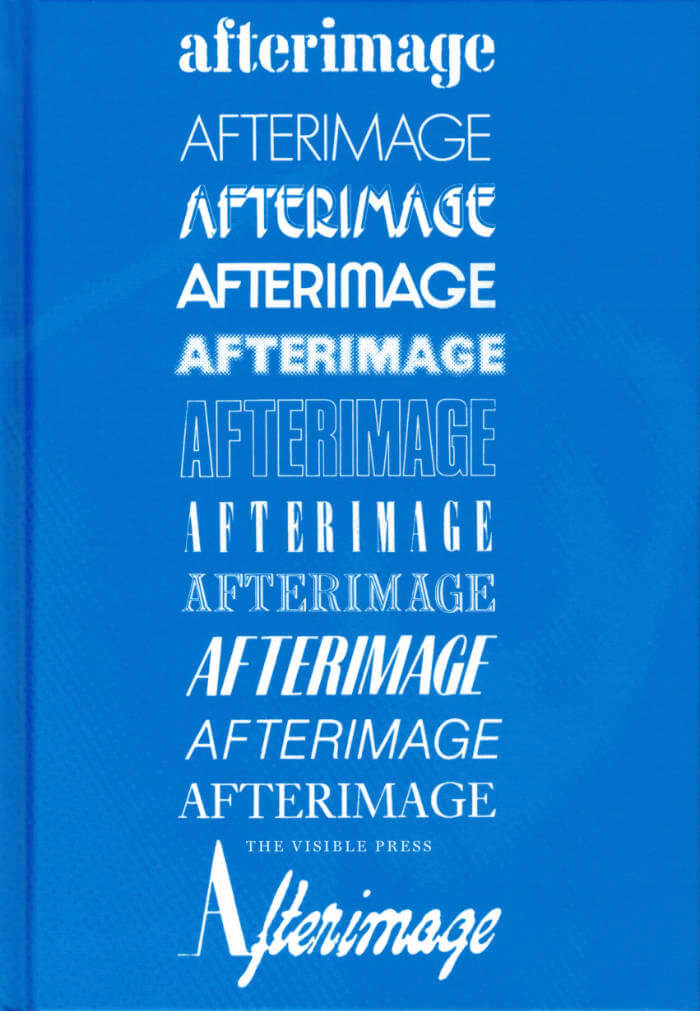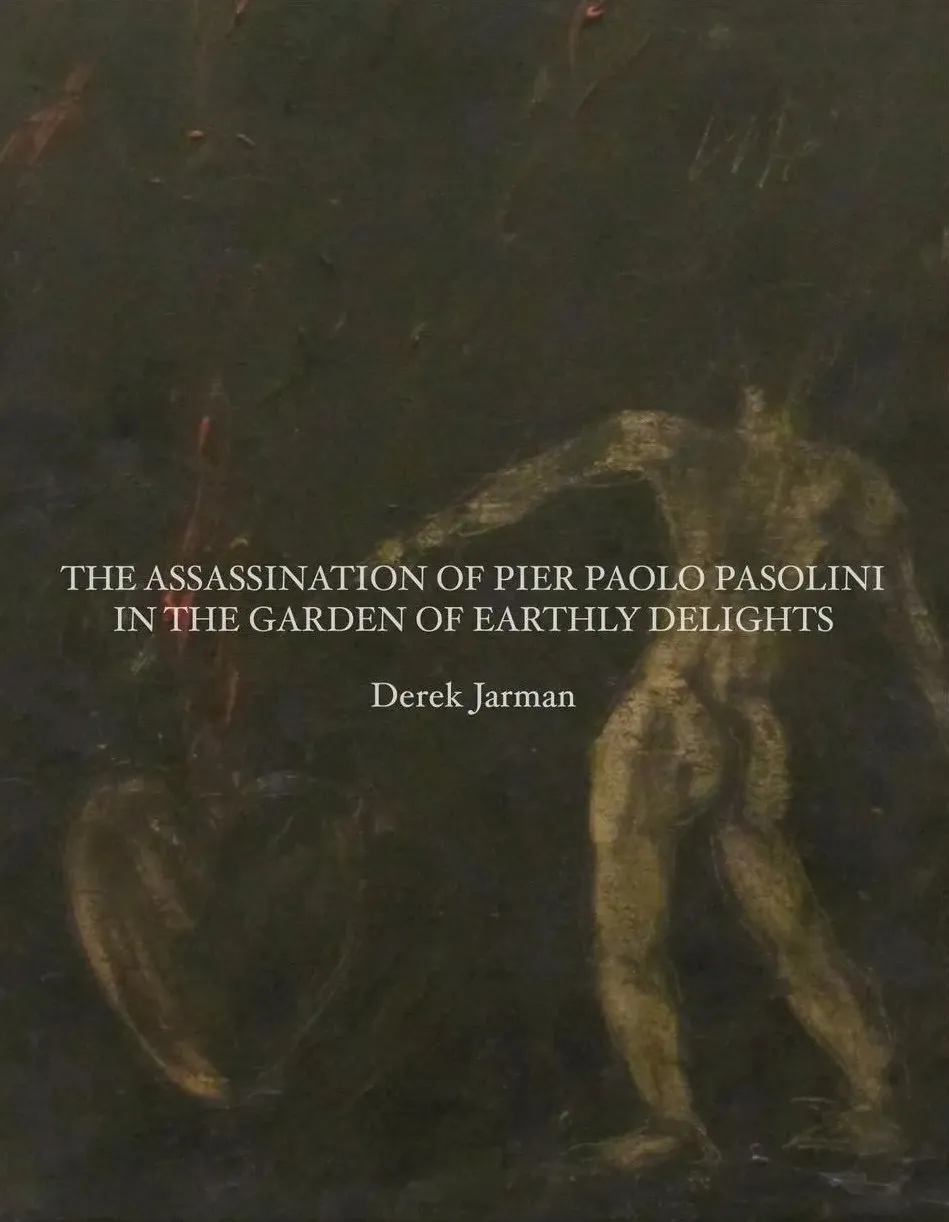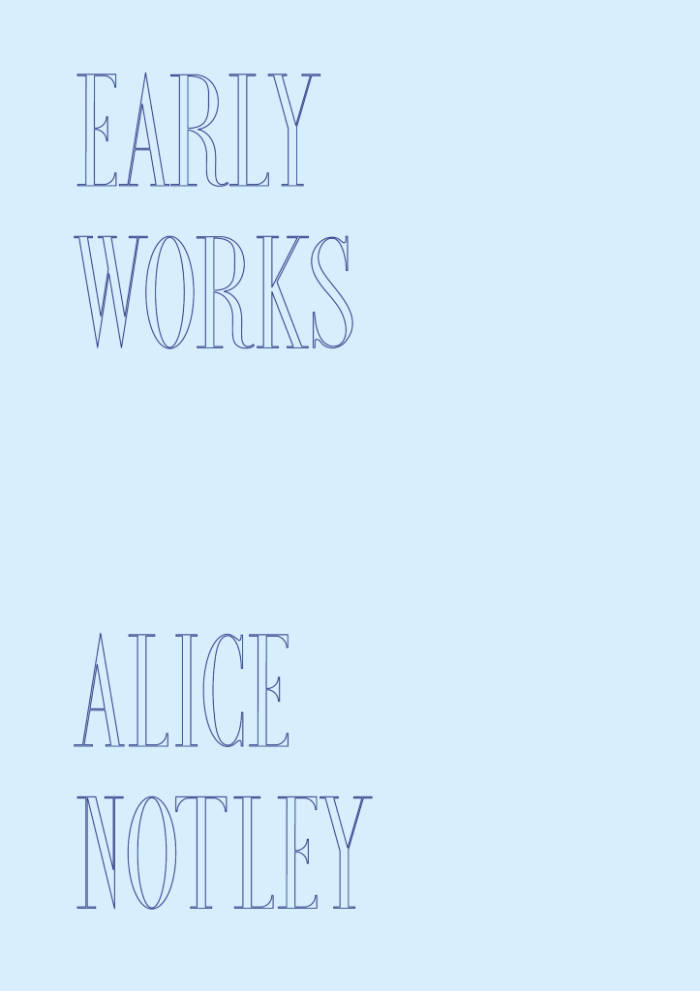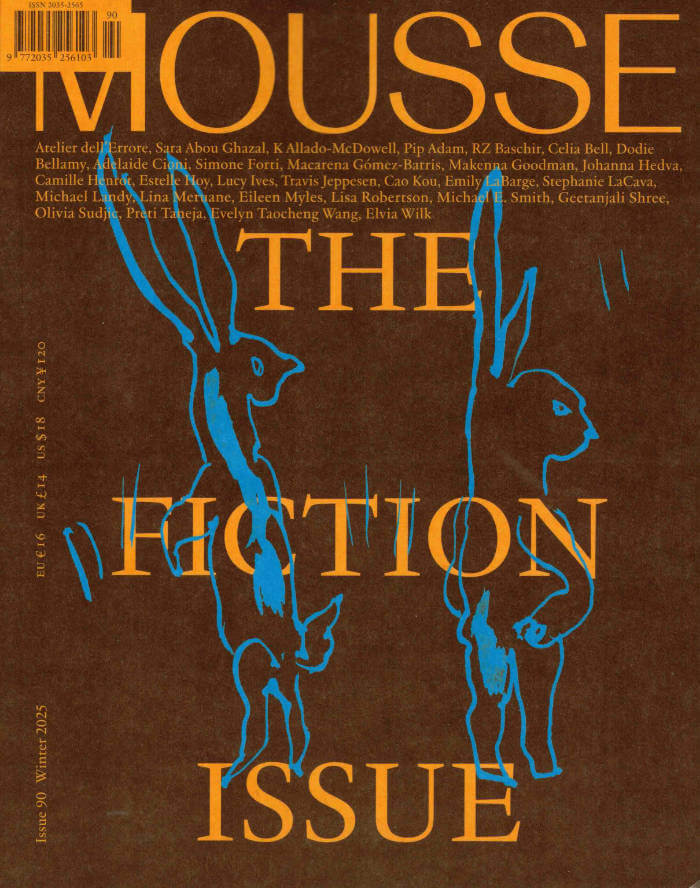
The Afterimage Reader
Mark Webber ed.
The independent British film journal Afterimage published thirteen issues between 1970 and 1987. International in scope, it surveyed the many forms of radical cinema during an extraordinary period of film history.
Having emerged in the wake of post-1968 cultural and political change, Afterimage charted contemporary developments with special issues on themes such as the avant-garde, Latin American cinema and visionary animation, and also looked back at early film pioneers. It published many of the leading critics of the period and vitally provided a forum for filmmakers’ writings and manifestos.
This indispensable collection includes texts by scholars Noël Burch, Roger Cardinal, B. Ruby Rich and Peter Wollen, filmmakers Jean Epstein, Jean-Luc Godard, Derek Jarman and Jan Švankmajer, plus extended interviews with Hollis Frampton and Raúl Ruiz, and more.
The Afterimage Reader is edited by Mark Webber and features new contributions from two of the journal’s editors, Simon Field and Ian Christie.
Published in 2022 352 pages







